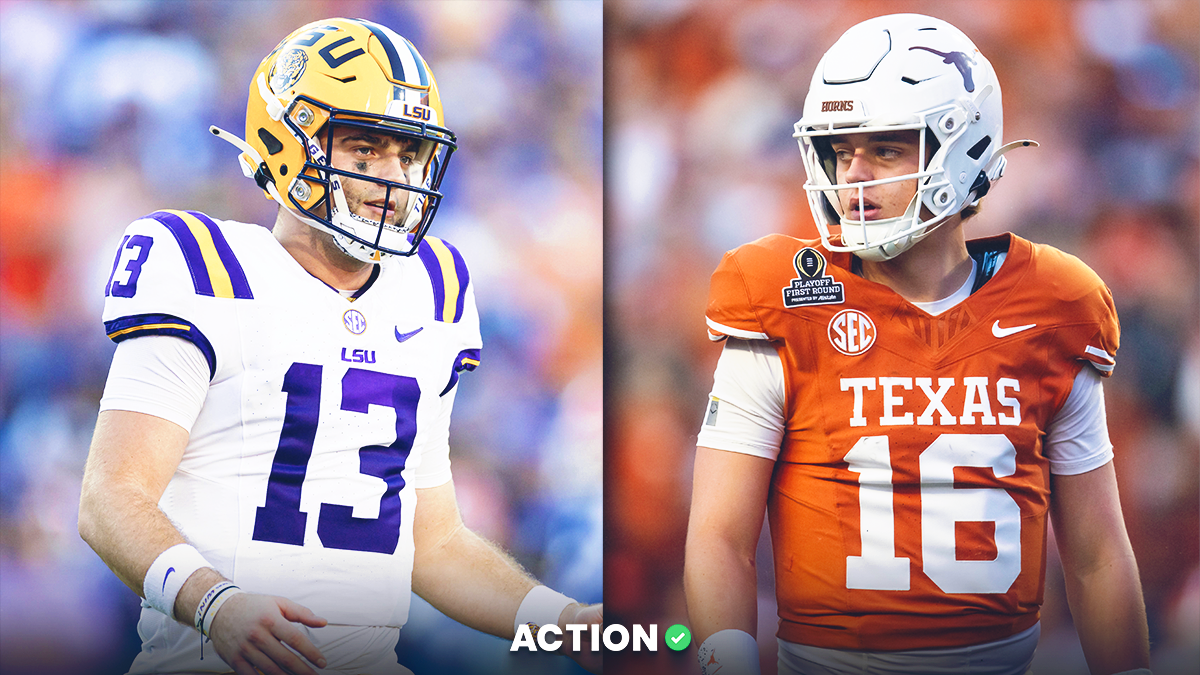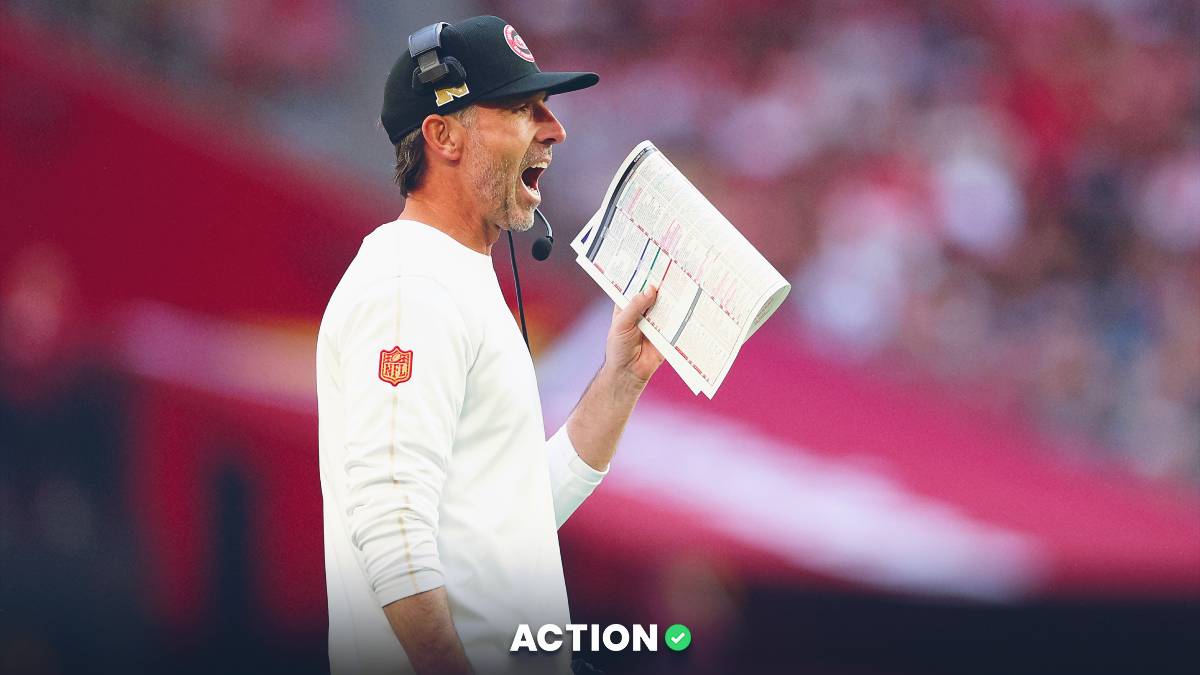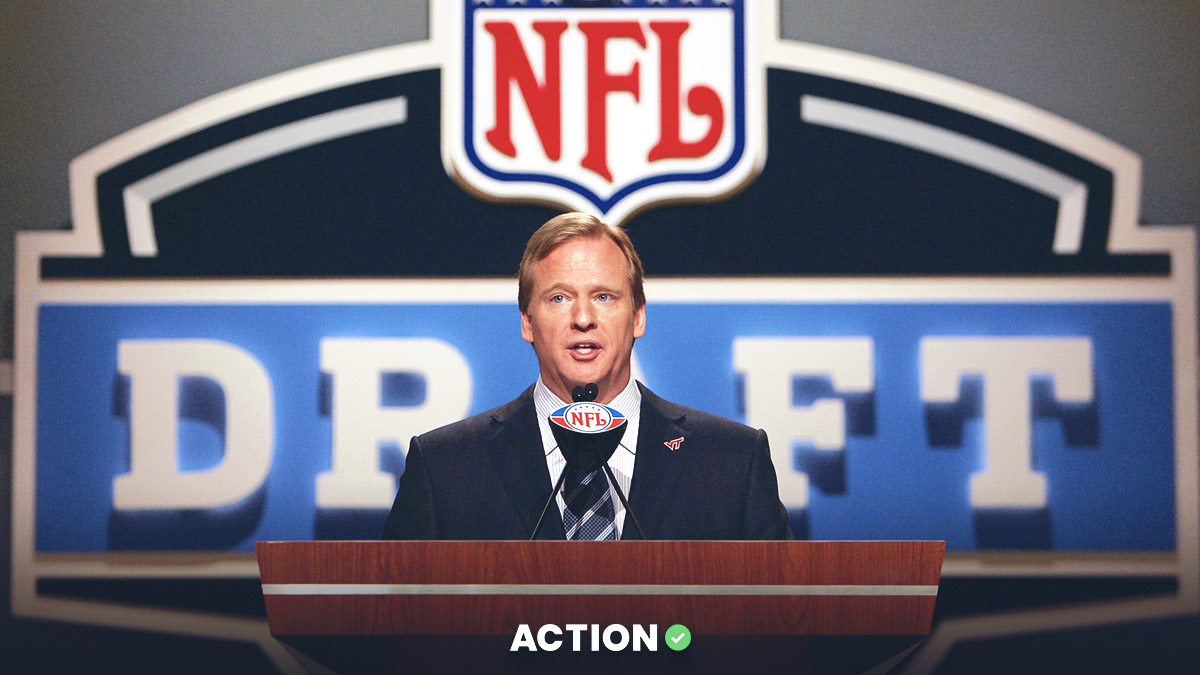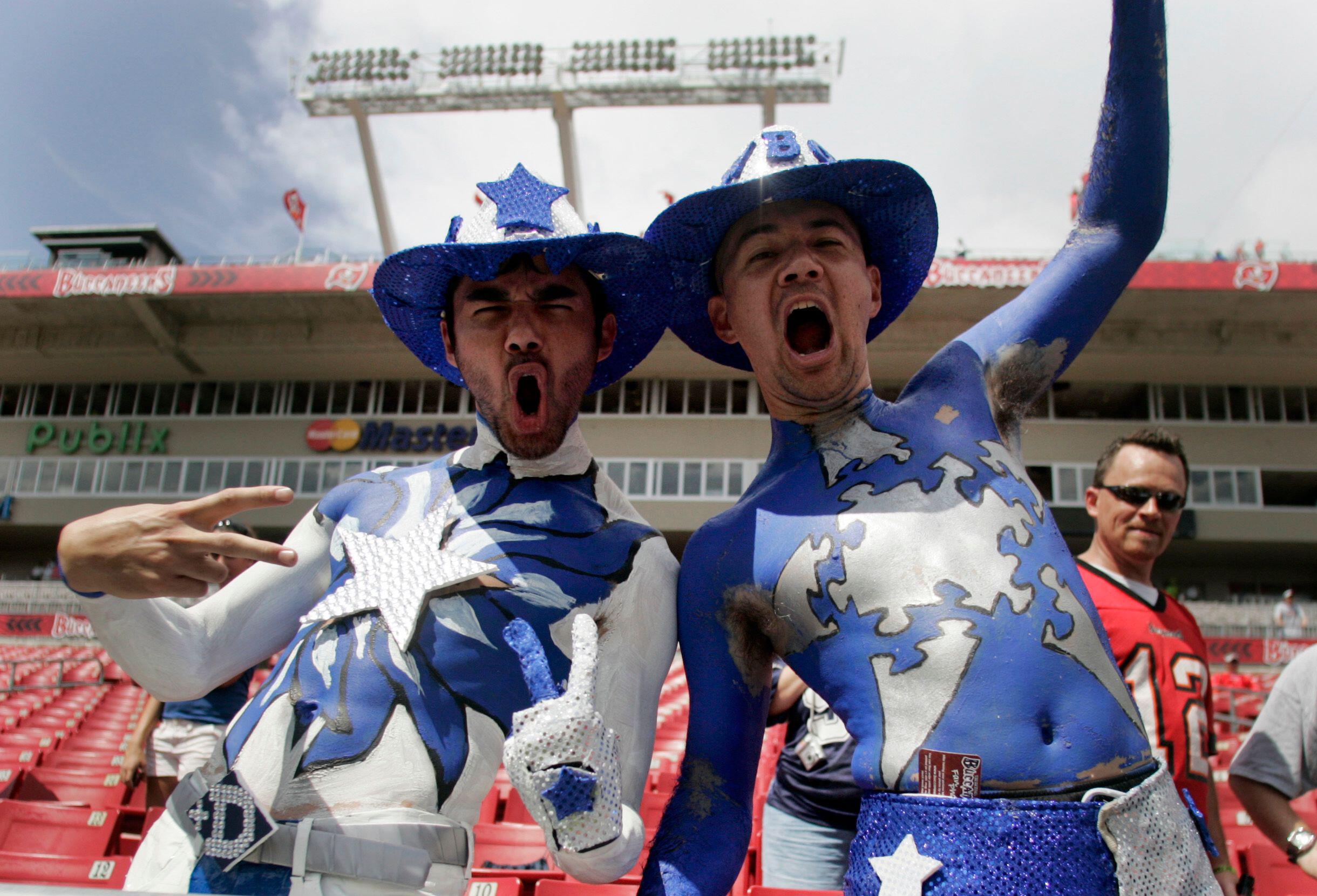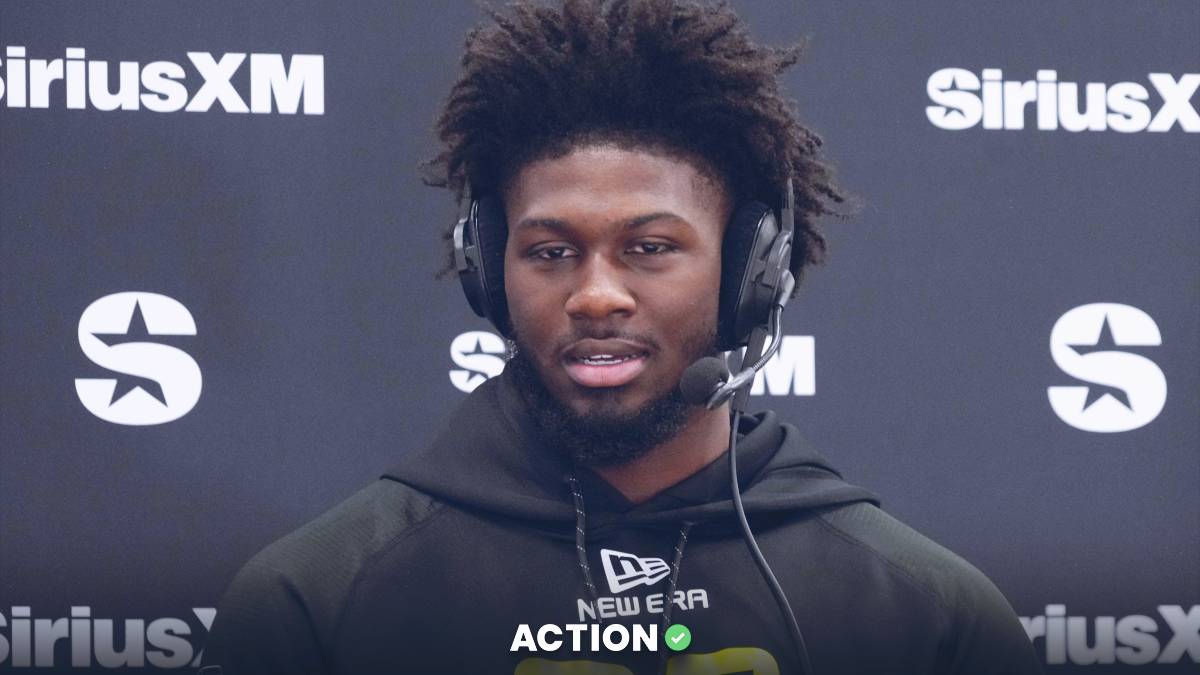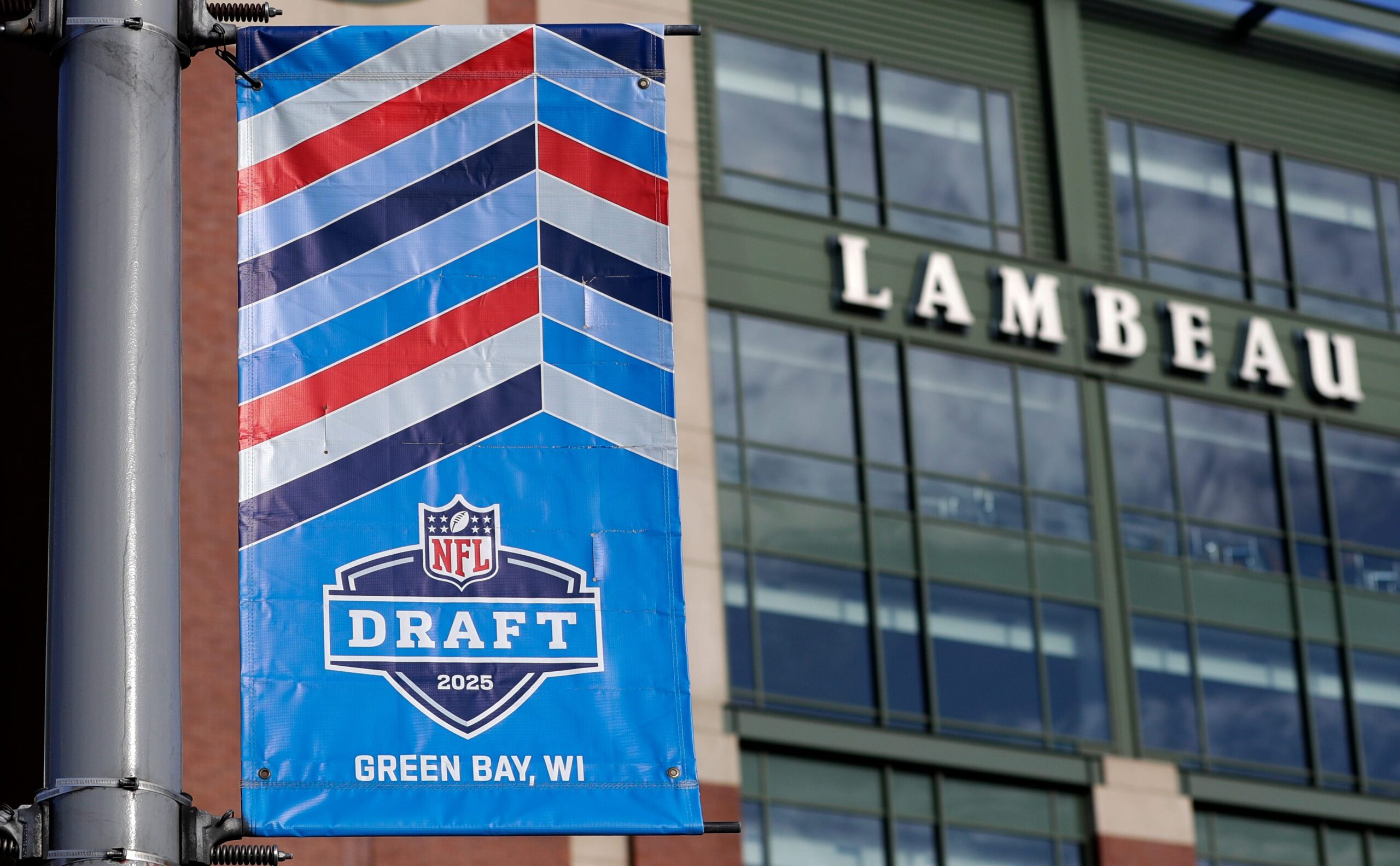Bills offensive coordinator Ken Dorsey was fired on Monday after yet another disappointing performance in a big game.
It was a long time coming for Dorsey — who was once a legitimate head coaching candidate — despite leading a Bills offense that has, by all accounts, been elite.
Dorsey led the Bills to a No. 3 rank in expected points added per play (EPA/play) and Josh Allen is the No. 2 quarterback in football, according to EPA/play + completion percentage over expected.
So why is the Bills' offense still, frankly, so bad?
While Buffalo gets immense love from the advanced metrics, the Bills are No. 24 in the league in scoring drive percentage — meaning the amount of times a team scores divided by total drives.
The issue with underlying statistics is they boost the value of yards accumulated in sticky situations — on third down, when under pressure, on possessions that start deep in one's territory — something the Bills are world class at. But, when scoring doesn't occur at the end of those drives, a corresponding deduction isn't necessarily made.
Take Monday night's game vs. the Broncos, in which Allen drove to the edge of the red zone after systemically carving Denver’s defense on a drive in the first quarter. A Gabe Davis drop that resulted in a turnover reduced the Bills' expected points added that drive only marginally — despite coming up with no points.
Buffalo's offense has been horrendous at doing what’s elemental in football: turning long drives into points. And often, they're long drives. The Bills rank No. 2 in the NFL at drives starting inside their own 15-yard line. After several third down conversions and a few big plays, they'll often find themselves at roughly midfield — but with nothing to show for it.
Since Week 5, the Bills are last in the total number of drives that result in field goals, at just 5%. Scoring on field goals is a necessity — you can't be a team that's just touchdown or bust.
So what's the fix?
Turnovers, of course, are a massive factor here. But that’s a problem that can’t be altered automatically. Allen will throw three risky balls a game — that’s part of his game, and the wow plays can supersede the bad ones.
There are, however, palpable ways that Dorsey’s replacement, Joe Brady, can reorient this offense schematically to overcome any turnover foibles.
Dorsey’s offense was predicated on shotgun — which is an awful starting point for a run game. The main two running schemes the Bills employ from the shotgun are inside zone and duo — the methods with the least upside in football, especially when you run them like the Bills do, with no motion, no flares. (The Bills rank in the bottom 20% in the NFL at snaps with motion.) Just a running back blaring into the middle of the defensive line from shotgun formation.
When Josh Allen is under center, the Bills have the third-highest yards per carry in the NFL. From shotgun, that plummets to No. 20 in the NFL.
So why did Dorsey run the ball from shotgun almost every possession, even with horrid results? Because 75% of their overall plays are from shotgun. His best passing play calls were from the shotgun. So, lining up under center telegraphs to the opponent that a run is likely imminent. It would take away Allen's option to efficiently audible to the explosive pass plays Dorsey so loved — and that the team failed to execute with.
Running the ball effectively would restrict Allen's mistakes and simplify the passing attack. It would also reduce the amount of times the team stalls out at midfield with three straight incompletions. And as is obvious, the options out of play action with an effective run game are profound. And incorporating more motion and creative play calls — something Brady thrived with at LSU — is paramount in any effective modern offense.
Dorsey refused to fundamentally change his system — especially with its simplicity, especially in the run game — and that's what got him booted in the end.



